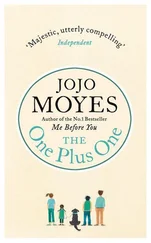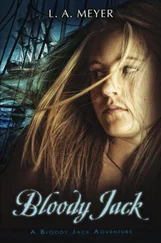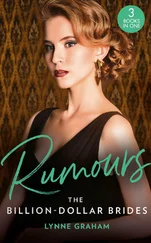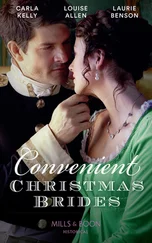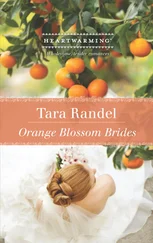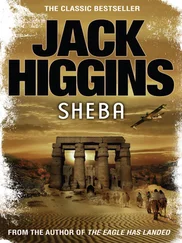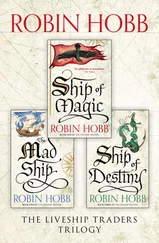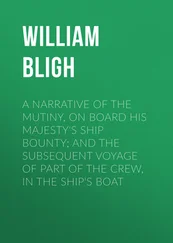CONTENTS
The Ship of Brides
Also by Jojo Moyes
Copyright
Dedication
Acknowledgements
Prologue
Part One
Chapter 1
Chapter 2
Chapter 3
Part Two
Chapter 4
Chapter 5
Chapter 6
Chapter 7
Chapter 8
Chapter 9
Chapter 10
Chapter 11
Chapter 12
Chapter 13
Chapter 14
Chapter 15
Chapter 16
Chapter 17
Chapter 18
Chapter 19
Chapter 20
Chapter 21
Chapter 22
Chapter 23
Chapter 24
Chapter 25
Chapter 26
Part Three
Chapter 27
About the Author
THE
SHIP OF BRIDES
Jojo Moyes

www.hodder.co.uk
Also by Jojo Moyes
Sheltering Rain
Foreign Fruit
The Peacock Emporium
Copyright © 2005 by Jojo Moyes
First published in Great Britain in 2005 by Hodder and Stoughton
An Hachette Livre UK Company
The right of Jojo Moyes to be identified as the Author of the Work has been asserted by her in accordance with the Copyright, Designs and Patents Act 1988.
All rights reserved.
No part of this publication may be reproduced, stored in a retrieval system, or transmitted, in any form or by any means without the prior written permission of the publisher, nor be otherwise circulated in any form of binding or cover other than that in which it is published and without a similar condition being imposed on the subsequent purchaser.
All characters in this publication are fictitious and any resemblance to real persons, living or dead, is purely coincidental.
A CIP catalogue record for this title is available from the British Library
Epub ISBN 978 1 84894 747 4
Book ISBN 978 0 340 96038 7
Hodder & Stoughton Ltd
An Hachette Livre UK Company
338 Euston Road
London NWl 3BH
www.hodder.co.uk
To Betty McKee and Jo Staunton-Lambert,
for their bravery on very different journeys.
ACKNOWLEDGEMENTS
This book was a huge undertaking in terms of research, and would not have been possible without the generous help and time given by a large number of people. First thanks must go to Lt Simon Jones, for his good-humoured and endlessly patient advice regarding the finer details of life on board an aircraft carrier – and for particularly imaginative advice on how I could set my ship alight. Thanks, Si. Any mistakes are purely my own.
Thanks more widely to the Royal Navy, particularly Lt Commander Ian McQueen, Lt Andrew G. Linsley, and all those on board HMS Invincible for allowing me to spend time on board.
I’m very grateful to Neil McCart of Fan Publications for allowing me to reproduce extracts from his excellent and informative book HMS Victorious . And to Liam Halligan of Channel 4 News, for alerting me to Lindsay Taylor’s magnificent piece of film: Death at Gadani: The Wrecking of Canberra.
Access to unpublished journals kept during this time has been fascinating and helped add colour to a period I was born too late to experience. Thanks in this case to Margaret Stamper, for allowing me to read her husband’s wonderful journal of life at sea, and reproduce a little of it, and to Peter R. Lowery for allowing me to do the same with that of his father, naval architect Richard Lowery. Thanks also to Christopher Hunt and the other staff of the Reading Room at the Imperial War Museum, and those at the British Newspaper Library in Colindale.
Miscellaneous thanks, in no particular order, to Mum and Dad, to Sandy (Brian Sanders) for his marine knowledge and huge library of naval warfare books, Ann Miller at Arts Decoratifs, Cathy Runciman, Ruth Runciman, Julia Carmichael and the staff at Harts in Saffron Walden. Thanks to Carolyn Mays, Alex Bonham, Emma Longhurst, Hazel Orme and everyone else at Hodder and Stoughton for their continuing hard work and support. Thanks also to Sheila Crowley and Linda Shaughnessy at AP Watt.
And thanks to Charles, as ever, for love, editorial guidance, technical support, babysitting and for managing to look interested every time I told him some fascinating new fact about aircraft carriers.
But greatest love and thanks to my grandmother, Betty McKee, who, nearly sixty years ago, made this very journey with unimaginable faith and courage, and still remembered enough about it to give me the basis of this story. I hope Grandpa would have been proud.
Extract from the poem ‘The Alphabet’ by war bride Ida Faulkner quoted in Forces Sweethearts by Joanna Lumley reproduced with kind permission of Bloomsbury publishers and the Imperial War Museum.
Extract from Arctic Convoys 1941–45 by Richard Woodman reproduced with kind permission of John Murray (Publishers) Ltd.
Extracts from the Sydney Morning Herald , the Daily Mail and Daily Mirror are included with the kind permission of the respective newspaper groups.
Extracts from the papers of Avice R. Wilson reproduced with the kind permission of her estate holders and the Imperial War Museum.
Extracts have also been included from Wine, Women and War by L. Troman, published by Regency Press; A Special Kind of Service , by Joan Crouch, published by Alternative Publishing Cooperative Ltd (APCOL) Australia; also extracts from The Bulletin (Australia) and the Truth (Australia): all efforts have been made to contact the rights holders but without success. Hodder and Stoughton and the author will be happy to acknowledge all extracts if they care to get in contact.
In 1946 the Royal Navy entered the last stage of its post-war transport of war brides, those women and girls who had married British servicemen serving abroad. Most were transported on troopships, or specially commissioned liners. But on 2 July 1946 some 655 Australian war brides embarked on a unique voyage: they were sailing to meet their British husbands on HMS Victorious – an aircraft carrier.
More than 1100 men – and nineteen aircraft – accompanied them, on a trip that lasted almost six weeks. The youngest bride was fifteen. At least one was widowed before she reached her destination. My grandmother, Betty McKee, was one of those lucky enough to have her faith rewarded.
This fictional account, inspired by that journey, is dedicated to her, and to all those brides brave enough to trust in an unknown future on the other side of the world.
Jojo Moyes
July 2004
NB All extracts are non-fictional and refer to the experiences of war brides, or those who served on the Victorious .
PROLOGUE
The first time I saw her again, I felt as if I’d been hit.
I have heard that said a thousand times, but I had never until then understood its true meaning: there was a delay, in which my memory took time to connect with what my eyes were seeing, and then a physical shock that went straight through me, as if I had taken some great blow. I am not a fanciful person. I don’t dress up my words. But I can say truthfully that it left me winded.
I hadn’t expected ever to see her again. Not in a place like that. I had long since buried her in some mental bottom drawer. Not just her physically, but everything she had meant to me. Everything she had forced me to go through. Because I hadn’t understood what she had done until time – aeons – had passed. That, in myriad ways, she had been both the best and the worst thing that had ever happened to me.
But it wasn’t just the shock of her physical presence. There was grief too. I suppose in my memory she existed only as she had then, all those years ago. Seeing her as she was now, surrounded by all those people, looking somehow so aged, so diminished . . . all I could think was that it was the wrong place for her. I grieved for what had once been so beautiful, magnificent, even, reduced to . . .
Читать дальше


